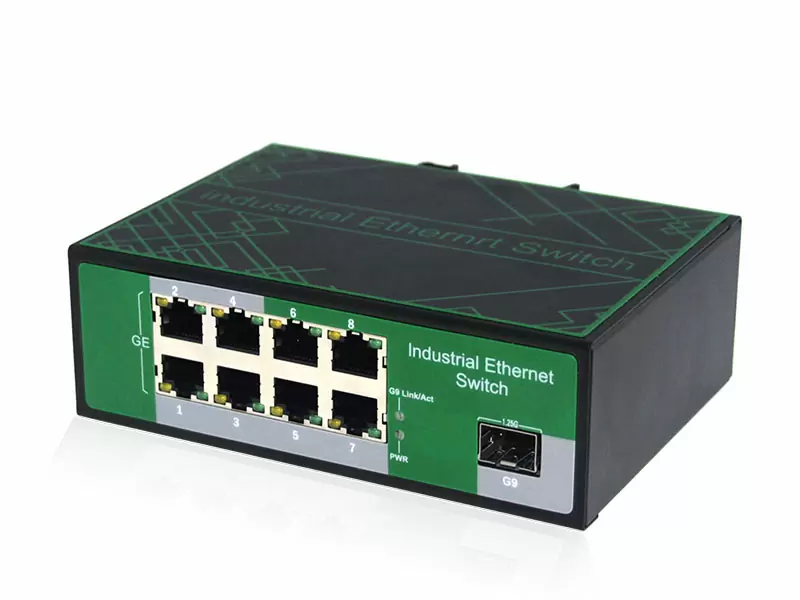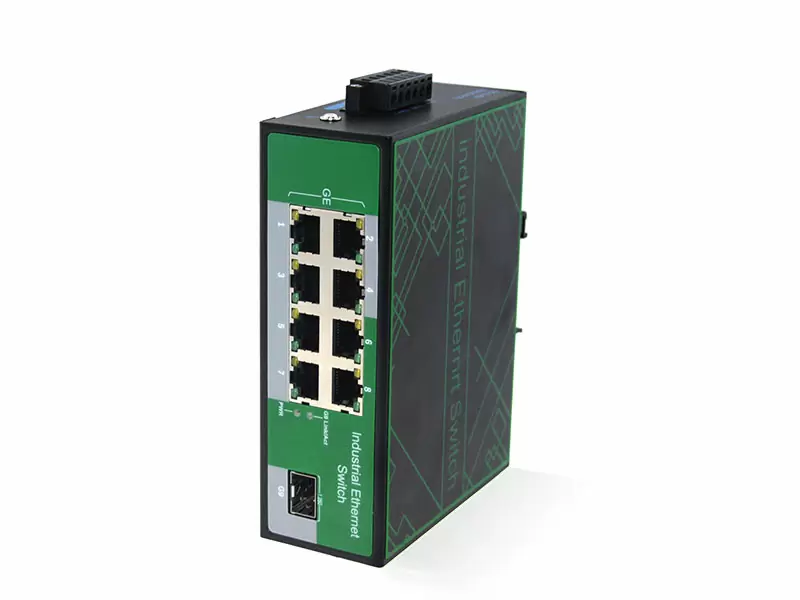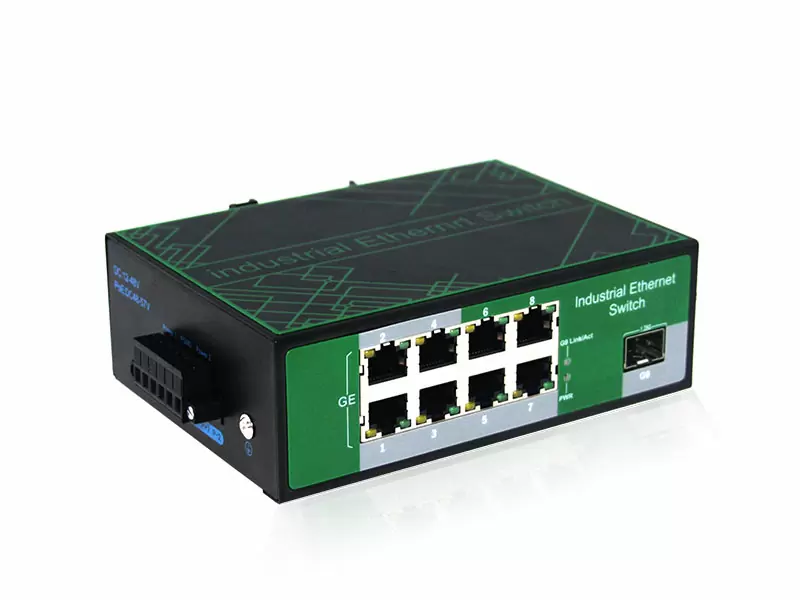.

Industrial switches are the backbone of modern manufacturing and automation processes, facilitating efficient data communication and connectivity in harsh industrial environments. Selecting the appropriate industrial switch is crucial for ensuring the reliability and performance of your industrial network. In this article, we will explore the key aspects that should be considered when choosing an industrial switch, with a focus on three main points:

Environmental Conditions
Industrial environments are notorious for their challenging conditions, including extreme temperatures, humidity, dust, and vibrations. When selecting an industrial switch, the environmental conditions it will operate in should be a top consideration:
1. Operating Temperature Range: Ensure that the switch can withstand the temperature extremes of your industrial setting. Some industrial switches are designed to operate in a wide temperature range, from sub-zero cold to scorching heat.
2. Ingress Protection (IP) Rating: IP ratings indicate the switch's resistance to dust and water. A higher IP rating signifies better protection. Consider the level of protection required based on the specific environmental challenges.
3. Shock and Vibration Resistance: Industrial environments often involve machinery and equipment that generate vibrations. The switch should be resilient to shocks and vibrations to maintain stable operation.
Network Requirements
Understanding your network requirements is essential for selecting the right industrial switch. Consider the following aspects:
1. Network Size and Topology: Determine the size and layout of your industrial network. Different industrial switches are designed for various network sizes and topologies, such as star, ring, or daisy-chain configurations.
2. Ethernet Standards: Decide whether you need Fast Ethernet (10/100 Mbps) or Gigabit Ethernet (1 Gbps) based on your data transfer needs. Gigabit Ethernet provides higher bandwidth for data-intensive applications.
3. Port Density and Types: Evaluate the number and types of ports required. Industrial switches come in various configurations, including copper Ethernet ports, fiber-optic ports, Power over Ethernet (PoE) ports, and combo ports that support both copper and fiber connections. Select a switch with the right port types and quantity to meet your connectivity needs.

Reliability and Redundancy
Industrial networks demand high reliability to minimize downtime and ensure continuous operation. Consider the following aspects related to reliability and redundancy:
Managed vs. Unmanaged Switches: Decide whether you need a managed or unmanaged switch. Managed switches offer greater control and configurability, including features like network monitoring and Quality of Service (QoS) settings.
Redundancy Features: Look for switches with redundancy features such as Rapid Spanning Tree Protocol (RSTP) or Ethernet Ring Protection Switching (ERPS). These protocols help maintain network uptime by quickly recovering from network failures.
Power Supply Options: Industrial environments may experience power fluctuations. Choose a switch that supports a wide input voltage range and consider switches with redundant power supplies for added reliability.
By carefully considering these three main points—environmental conditions, network requirements, and reliability and redundancy—you can make an informed decision when choosing an industrial switch. Additionally, remember to assess factors such as security features, long-term support, and budget constraints to ensure that the selected switch meets both your immediate needs and future growth requirements.





